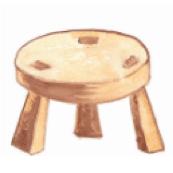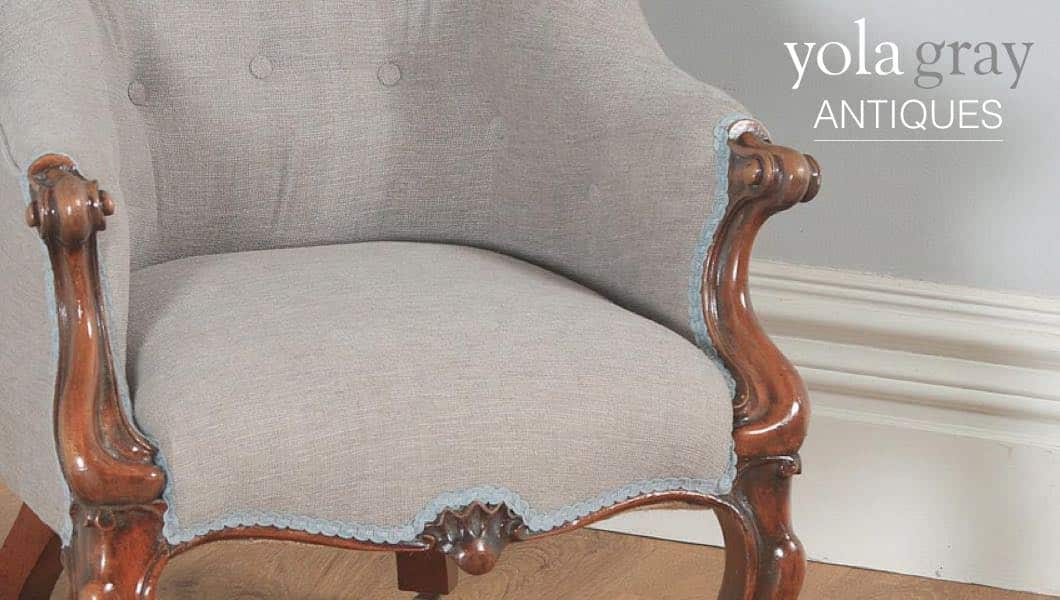Author
David millar I UK
an abbreviated history of furniture
although furniture dates back to at least the neolithic period, for our purposes, it makes sense to start with the middle ages. That’s because anything that predates the medieval period is considered an antiquity and belongs to museums, whereas some simple medieval furnishings are still available on the market today – and not always outrageously priced. (nevertheless, everything important you need to know about greek, roman, or eqyptian furniture desigbn is discussed in the context of later revivals.) In addition, culture in the Western World decayed drastically during the so-called Dark Ages, the unstable feudal era following the fall of the Roman Empire; art and literacy were kept alive only by the monasteries. From this tabula rasa, furniture evolved from simple, archetypal forms addressing only the most bare-bones needs to increasingly decorative pieces that reflected shifting politcal powers and domestication – and eventual democractization – of society.

Renaissance Cassone
Image by The Furniture Bible
The focus of the brief history that follows is on identifying various period styles and movements. Note that the further back in time you go, the more likely it is that any well-built pieces of furniture that have survived into the 21st Century were made for royalty, the highest levels of the clergy, or the richest nobility, so the discussion and samples here obviously don’t represent all social strata. Let’s start at the beginning, shall we?
Medieval Stools

Medieval Chayere

Medieval society was one of the dominators and the dominated – a few warlords, their military, and a sea of serfs. Furniture was very limited and made on the spot with local resources, since there was little trade or commerce to speak of. Accordingly, everything was elemental. Furniture-making techniques were primitive: wood boards, assembled with coarse nails, rough mortises and tenons, the use of animal hides, woven marsh grasses, and crude iron structures. Spartan lifestyles meant few furnishings were needed – a bench, some stools, trestles and boards that could be reconfigured for miltiple uses ( tables, cooking surfaces). Beds were usually no more than a pile of hay on the floor or horsehair covered in coarse fabric and set on an arrangement of boards and low trestles. The main piece was the chest or coffer for securing one’s few possessions.
THE LOOK: Boxy and purely functional; very limited ornamentation.
WHAT YOU’LL FIND: Trunks, mainly. Also prcatical trestles and benches.
THE SPACE: People lived in one big room where gathering, eating, and sleeping took place, so all furnishings had to multitask – and be knocked down or pushed up against the walls when not in use.
View the latest range of Antique Furniture at Yola Gray Antiques.
Source: The Furniture Bible by Christophe Pourny.


